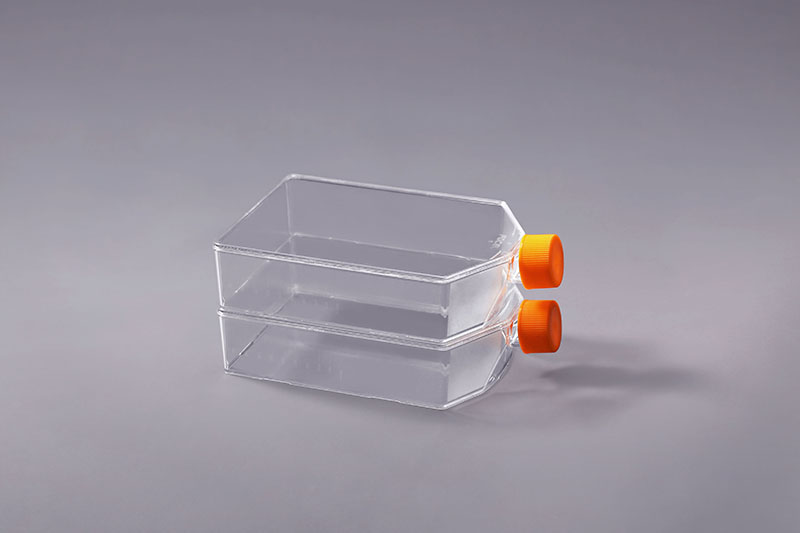Three commonly used coating buffer for cell culture flasks
The cell culture flask is a kind of cell culture consumables of bottle type. In order to promote the adherence performance of cells, the consumables are coated when cultivating primary cells. Commonly used coating buffer include the following:
Polylysine: It is a synthetic compound, a positively charged amino acid, which promotes cell adhesion by changing the electrode on the surface of the culture substrate. It is widely used in cell culture for coatings to promote cell adhesion. In addition to promoting cell adhesion and growth, polylysine coating with the coating solution can increase the survival rate of primary cells and promote neurite outgrowth.
Fibronectin: It is a high-molecular glycoprotein that began to be researched and discovered abroad in 1974, and it has a variety of biological functions. Fibronectin is a glycoprotein with a molecular weight of 440-500kDa. It is found in cell surface proteins and plasma. It combines with cell membrane surface receptors and extracellular matrix components to promote cell adhesion and extension growth.

Gelatin: a mixture of high molecular weight water-soluble proteins derived from collagen, 0.2% coating liquid gelatin solution is used to coat culture vessels to promote cell adhesion. Introduce human embryonic stem cells for differentiation, certain primary cells and immortalized cells.
The above are several coating buffer commonly used in cell culture flasks. The specific choice of coating buffer depends on the type and characteristics of the cells. However, it should be noted that the interval between coating and use of the bottle should not exceed one day. The longer the coated container is stored, its adhesion performance will be affected.
评论
发表评论